
Computer-Aided Breast Cancer Detection Using Mammograms: A Review
Product Description
Computer-Aided Breast Cancer Detection Using Mammograms: A Review
Abstract—Breast cancer is the second most common cancer in the world and more prevalent in the female population. Since the cause of the disease remains unknown, early detection and diagnosis is the optimal solution to prevent tumor progression and allow a successful medical intervention, save lives and reduce cost. Mammography is an x-ray of the breasts performed in the absence of symptoms. It can detect very small tumors, even before they are tangible or they manifest other symptoms. Conducted as part of a screening program, mammography is currently the recommended method for early detection of breast cancer in women 50 to 70 years. It can detect very small tumors that generally have not yet formed metastases, which increases the chances of survival and recovery.< Final Year Projects > Mammographic screening has been shown to be effective in reducing breast cancer mortality rates: screening programs have reduced mortality rates by 30-70%. Mammograms are difficult to interpret, especially in the screening context. The sensitivity of screening mammography is affected by image quality and the radiologist’s level of expertise. Computer-aided diagnosis (CAD) technology can improve the performance of radiologists, by increasing sensitivity to rates comparable to those obtained by double reading, in a cost-effective manner. This paper presents an overview of digital image processing and pattern analysis techniques to address several areas in CAD of breast cancer, including the four stages of CAD system: image preprocessing, image segmentation, features extraction and selection and image classification.
Including Packages
Our Specialization
Support Service
Statistical Report

satisfied customers
3,589
Freelance projects
983
sales on Site
11,021
developers
175+Additional Information
| Domains | |
|---|---|
| Programming Language |
Would you like to submit yours?


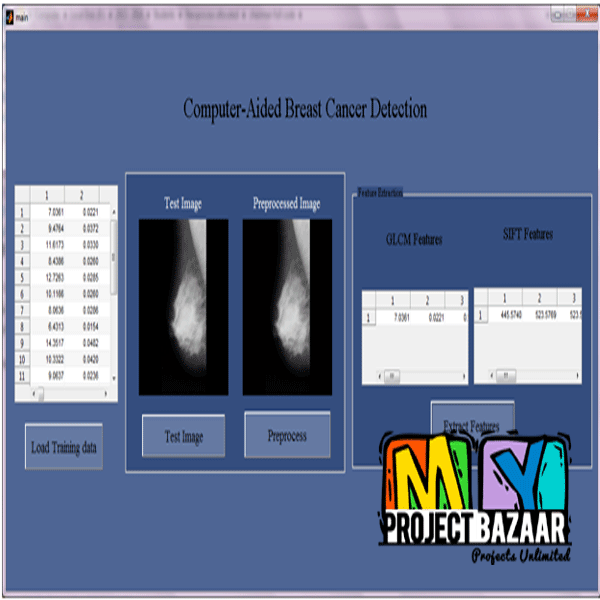
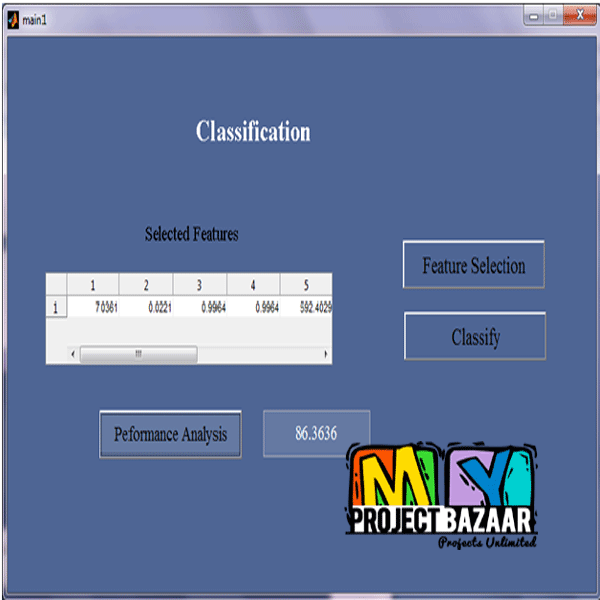








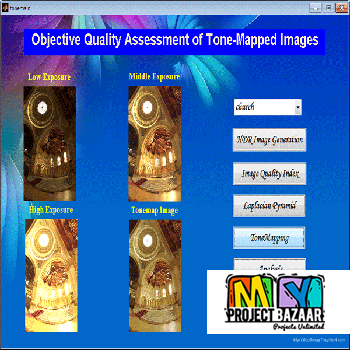

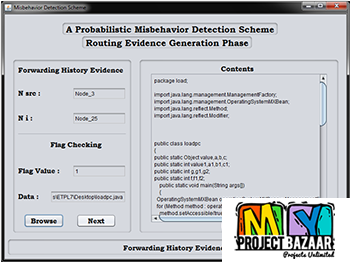

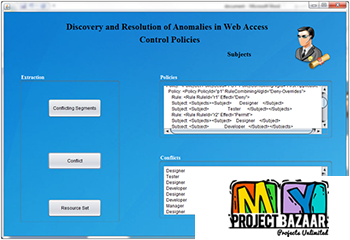


There are no reviews yet